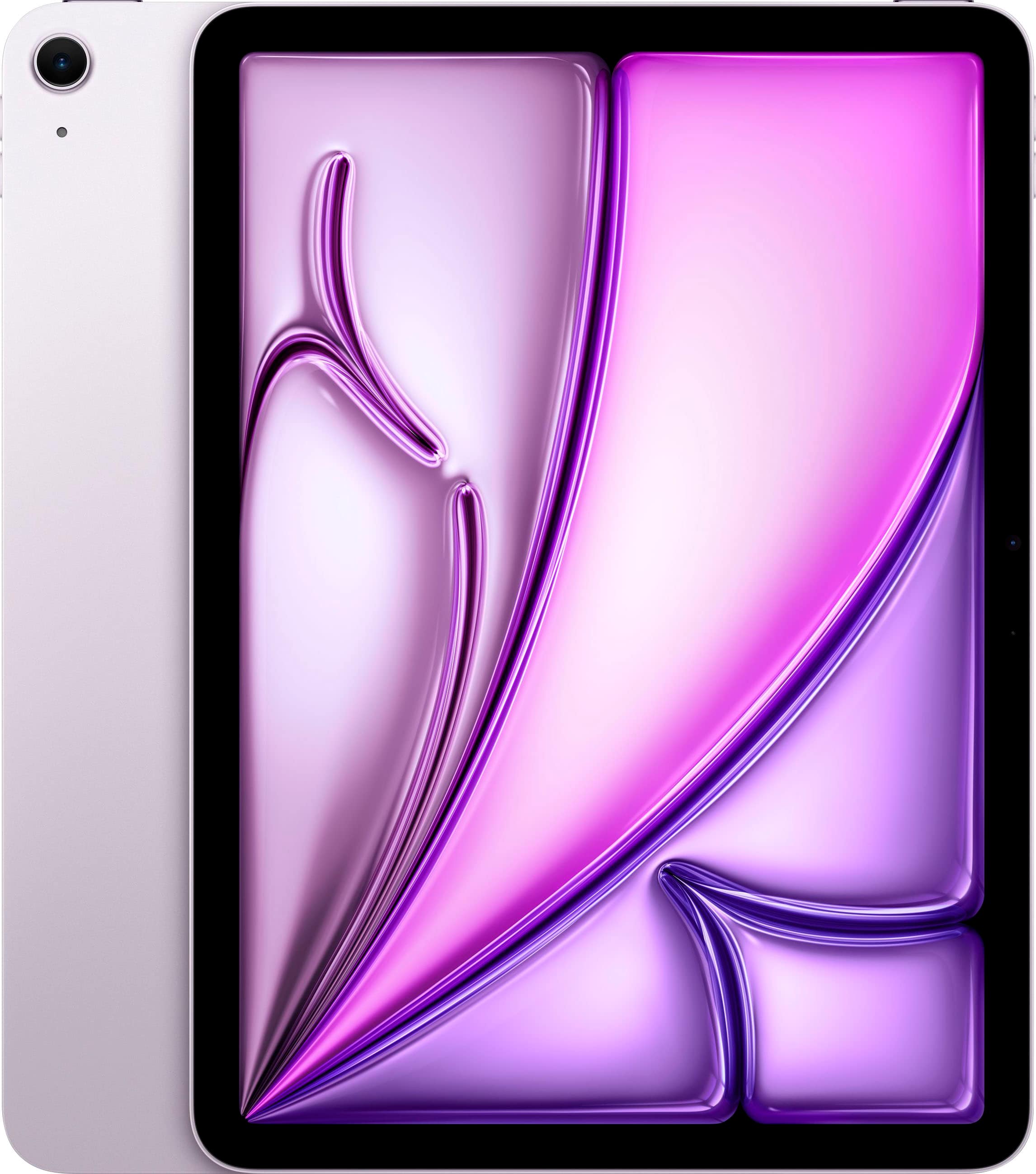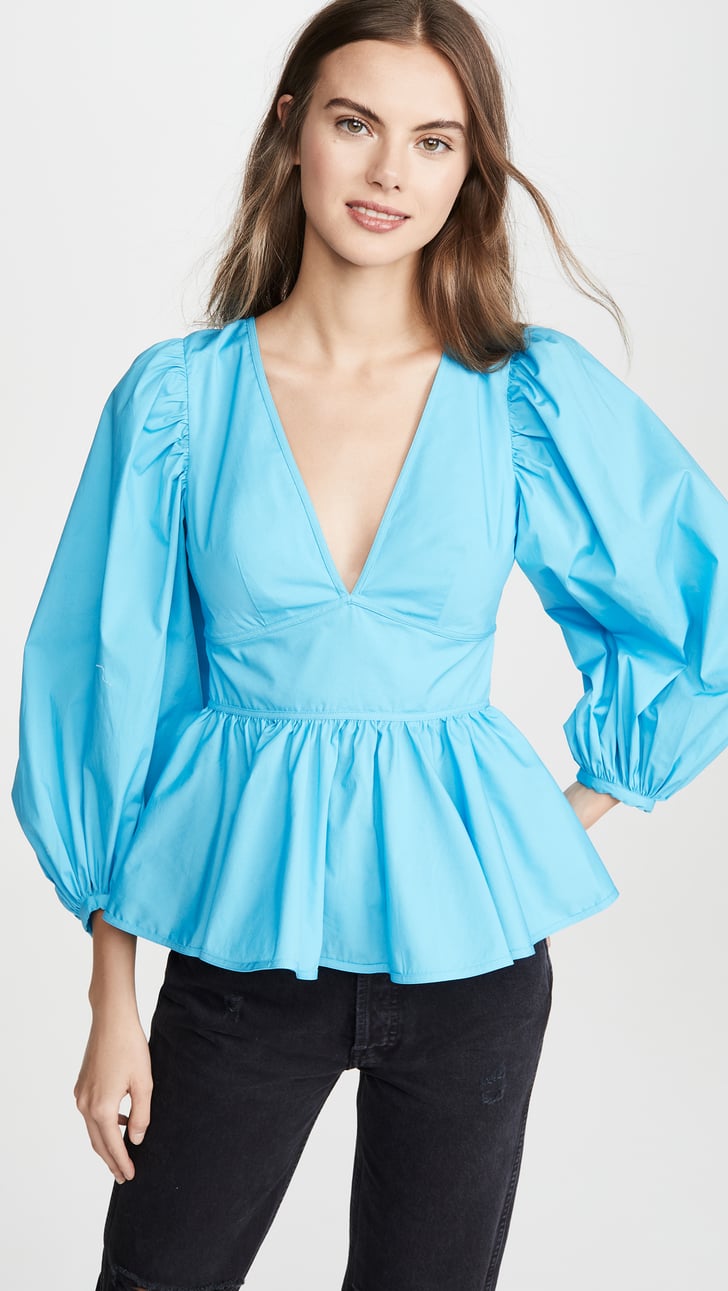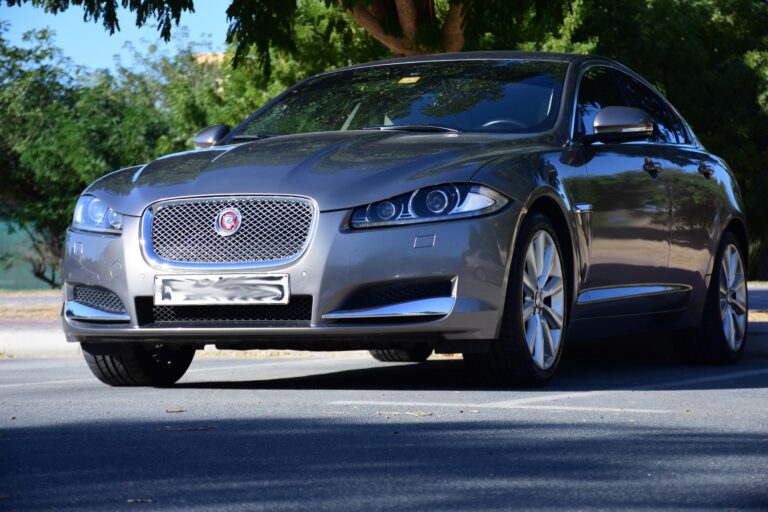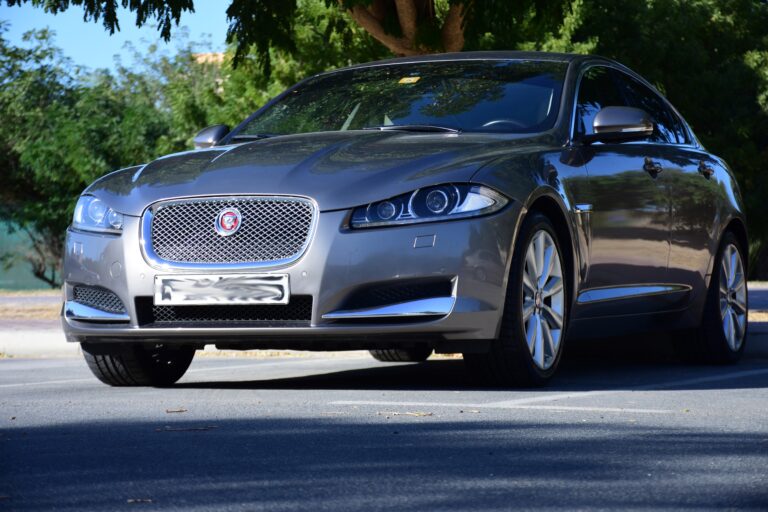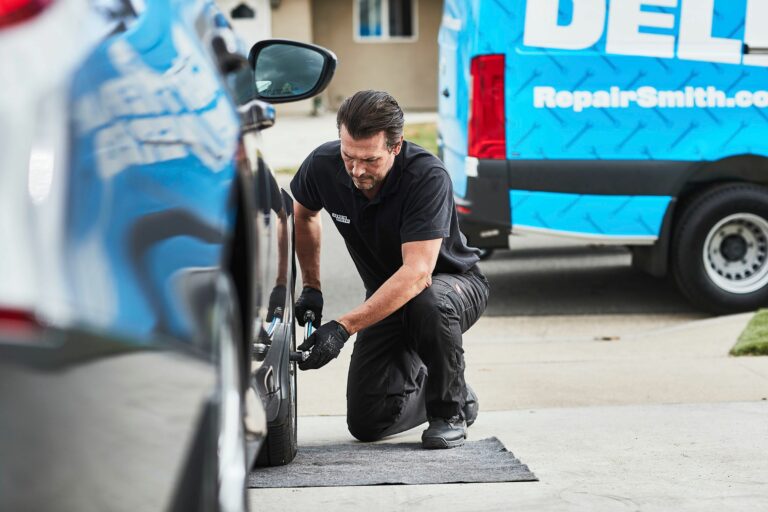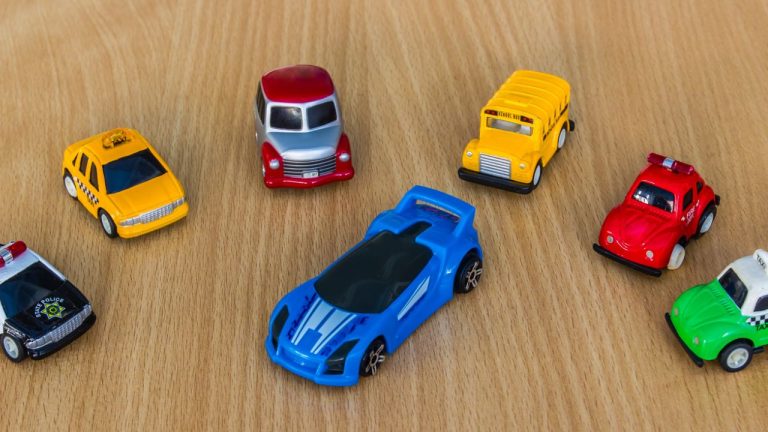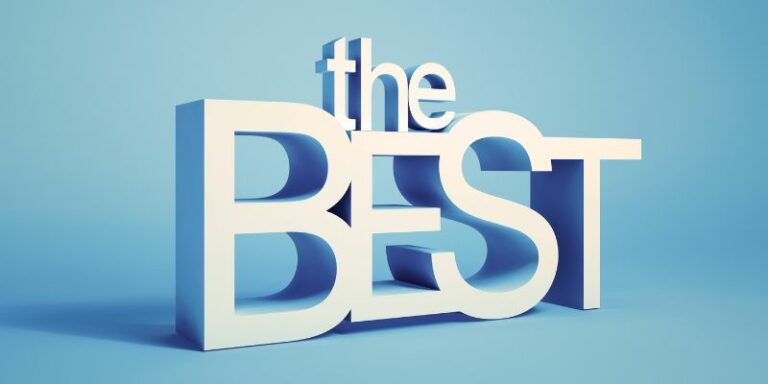Best Model Car Kit Brands: Your Ultimate Guide to Miniature Masterpieces
Best Model Car Kit Brands: Your Ultimate Guide to Miniature Masterpieces cars.truckstrend.com
The allure of model cars extends far beyond simple toys. For enthusiasts, they represent a fascinating blend of art, engineering, and history, offering a tangible connection to automotive legends and a rewarding hobby that engages both mind and hands. Building a model car kit is an immersive experience, challenging your patience, precision, and attention to detail, culminating in a miniature masterpiece you can proudly display.
Whether you’re a seasoned modeler with years of experience or a curious newcomer looking to embark on this captivating journey, choosing the right model car kit brand is crucial. It dictates the quality of the parts, the clarity of the instructions, the accuracy of the final model, and ultimately, your enjoyment of the build process. This comprehensive guide will navigate the exciting world of model car kits, helping you identify the best brands that cater to various skill levels, interests, and budgets.
Best Model Car Kit Brands: Your Ultimate Guide to Miniature Masterpieces
I. Why Choose Model Car Kits? The Allure of Miniature Masterpieces
The appeal of model car kits is multifaceted, drawing in individuals for a variety of reasons:
- Relaxation and Mindfulness: The focused nature of model building can be incredibly therapeutic, offering a welcome escape from daily stresses.
- Skill Development: It hones fine motor skills, hand-eye coordination, problem-solving abilities, and patience. You learn about various tools, adhesives, paints, and techniques.
- Historical and Automotive Appreciation: Many kits replicate iconic vehicles from different eras, allowing builders to learn about automotive design, engineering, and history.
- Customization and Creativity: Beyond simply assembling, many modelers enjoy customizing their builds with unique paint schemes, aftermarket parts, and dioramas, transforming a kit into a personalized work of art.
- Collecting and Display: The finished models are often beautiful display pieces, showcasing your dedication and skill.
- Nostalgia: For many, model cars evoke childhood memories or a passion for specific vehicles they’ve always admired.

Model car kits come in various forms and scales. Snap-together kits are excellent for beginners, requiring no glue or paint. Glue-together kits offer more detail and realism, demanding more advanced techniques. Scales typically range from 1/24 or 1/25 (most common) to larger, more detailed 1/12 or 1/8 scales, and smaller 1/43 or 1/64 scales.
II. Key Considerations When Selecting a Model Car Kit Brand
Before diving into specific brands, understanding what makes a good model kit is essential. Here are the critical factors to consider:

- Skill Level: Brands often cater to different proficiencies. Beginners benefit from kits with fewer parts, clear instructions, and good part fit. Advanced modelers seek intricate details, complex assemblies, and opportunities for super-detailing.
- Detail and Accuracy: How faithfully does the model replicate the real vehicle? This includes interior details, engine bay components, chassis structure, and exterior fidelity. Higher detail often means more parts and a more challenging build.
- Material Quality: The quality of the plastic (or sometimes metal) used for molding affects crispness, durability, and ease of working. Good quality plastic holds detail well and is less prone to warping or brittleness. Rubber tires, clear plastic for windows, and photo-etched (PE) metal parts for fine details are also indicators of quality.
- Part Fitment: This is perhaps the most crucial aspect. Poorly fitting parts lead to frustrating gaps, misalignments, and require extensive filling and sanding. Brands known for excellent part fit significantly enhance the building experience.
- Instructions: Clear, well-illustrated, and logical instructions are vital, especially for complex kits. They should guide you through each step without ambiguity.
- Availability of Aftermarket Parts: If you plan to customize or super-detail your model, consider brands for which third-party companies produce upgrade kits, decals, and accessories.
- Price Point: Kit prices vary widely based on brand, scale, complexity, and licensing. Establish a budget, but remember that a slightly higher initial investment often translates to a much more enjoyable build experience.
- Subject Matter: Do you prefer classic muscle cars, modern supercars, JDM legends, racing machines, or custom hot rods? Different brands specialize in different types of vehicles.

III. Top Contenders: A Deep Dive into the Best Model Car Kit Brands
Here’s an in-depth look at some of the most respected and popular model car kit brands, highlighting their strengths, target audience, and unique offerings:
1. Tamiya (Japan)
- Reputation: Often considered the gold standard in plastic model kits. Tamiya is renowned for its exceptional engineering, precise part fit, and consistently high quality.
- Strengths: Unparalleled part fit, crystal-clear instructions, excellent detail (though sometimes simplified for ease of build), and a wide range of subjects from classic cars to modern supercars and racing machines. Their kits are a joy to build, making them ideal for all skill levels, from confident beginners to advanced modelers.
- Target Audience: Everyone, but particularly those who value a frustration-free build experience and a high-quality finished product.
- Considerations: While detail is good, some advanced modelers might find them slightly less "busy" than ultra-detailed brands like Meng. They can also be pricier than some competitors.
2. Revell (USA/Germany)
- Reputation: A household name in model building, Revell has a long history and offers a vast catalog of kits. They are often a go-to for beginners due to their accessibility and price point.
- Strengths: Very affordable, wide variety of subjects including American muscle, European classics, and modern vehicles. Many kits are great for starting out, offering good value for money. They also produce snap-together kits.
- Target Audience: Beginners, intermediate builders, and those on a budget.
- Considerations: Quality can be inconsistent across their range; some older molds may have less crisp detail, more flash (excess plastic), and less precise part fit compared to Tamiya. However, their newer tooling is significantly improved.
3. Fujimi (Japan)
- Reputation: Known for highly detailed kits, particularly of Japanese domestic market (JDM) cars, European exotics, and racing vehicles.
- Strengths: Excellent detail and accuracy, often including intricate engine bays and interiors. They offer a fantastic selection of niche and popular JDM cars not found elsewhere. Their "Enthusiast Model" series caters to advanced builders with exceptional detail.
- Target Audience: Intermediate to advanced modelers with an appreciation for fine detail, especially JDM and exotic car fans.
- Considerations: Instructions can sometimes be less clear than Tamiya’s, and part fit, while generally good, may require more attention. Some kits include a lot of small, delicate parts.
4. Aoshima (Japan)
- Reputation: Similar to Fujimi, Aoshima excels in detailed kits of JDM cars, supercars, and custom/tuning vehicles. They often include unique features like custom wheels or body kits.
- Strengths: High level of detail, often including separate parts for complex assemblies, and a focus on customization options within the box. Their "The Tuned Car" and "Initial D" series are very popular.
- Target Audience: Intermediate to advanced modelers, particularly those interested in JDM tuning culture and highly detailed builds.
- Considerations: Can be complex builds with many parts. Instructions are generally good but might require careful study.
5. Hasegawa (Japan)
- Reputation: While famous for aircraft models, Hasegawa also produces high-quality car kits known for their precision molding and accuracy.
- Strengths: Very crisp molding, excellent detail, and precise part fit. Their car range includes classic Japanese cars, rally cars, and some unique sports cars. They often focus on the subtleties of the real car’s lines.
- Target Audience: Intermediate to advanced modelers who appreciate precision and accuracy.
- Considerations: Their car kit range is not as extensive as Tamiya or Fujimi, and some kits might be harder to find.
6. AMT/ERTL (USA)
- Reputation: Classic American model kit brands, famous for their extensive range of American muscle cars, hot rods, custom cars, and trucks. They often include multiple build options (e.g., stock, custom, racing).
- Strengths: Nostalgic appeal, great subjects for American car enthusiasts, good value for money, and plenty of opportunities for customization due to their "parts box" nature.
- Target Audience: Beginners (with some patience for older molds), intermediate builders, and anyone passionate about classic American vehicles and customization.
- Considerations: Many of their molds are very old, leading to more flash, less precise part fit, and simpler detail compared to modern Japanese kits. They often require more cleanup, sanding, and test fitting.
7. Meng Models (China)
- Reputation: A newer player in the model kit market, Meng has quickly gained a reputation for incredibly detailed and complex kits, often rivaling or exceeding the detail of traditional plastic kits with resin/PE parts.
- Strengths: Hyper-realistic detail, often incorporating photo-etched parts, clear parts for engine details, and intricate assemblies. Their kits are modern and cutting-edge.
- Target Audience: Advanced modelers seeking the ultimate in detail and a challenging, rewarding build.
- Considerations: Very high price point, extremely complex builds requiring significant experience and specialized tools. Not for the faint of heart or beginners.
8. Nunu / Beemax (China)
- Reputation: These brands (often associated) have quickly become popular for their focus on modern racing cars, offering good detail and excellent decal options.
- Strengths: Accurate representations of contemporary race cars, good part fit, and often include comprehensive decal sheets for specific race liveries. They fill a niche for modern motorsport enthusiasts.
- Target Audience: Intermediate to advanced modelers, particularly those interested in modern GT, touring, and rally cars.
- Considerations: Primarily focused on racing subjects, so limited choice for street cars.
9. Italeri (Italy)
- Reputation: A long-standing European brand with a diverse range of subjects, including cars, trucks, military vehicles, and aircraft.
- Strengths: Good value for money, a varied catalog of both classic and modern European and American cars. Many kits offer a good balance of detail and buildability.
- Target Audience: Beginners to intermediate modelers looking for a good range of subjects at a reasonable price.
- Considerations: Like Revell, quality can vary with older molds. Some kits might have less crisp detail or require more cleanup than top-tier Japanese brands.
IV. Tips for a Successful Model Car Building Experience
Regardless of the brand you choose, these tips will enhance your building journey:
- Read the Instructions Thoroughly: Before gluing anything, familiarize yourself with the entire build process.
- Invest in Good Tools: Essential tools include sprue cutters (nippers), a hobby knife (X-Acto), various glues (plastic cement, CA glue), sanding sticks/files, tweezers, and a cutting mat. For painting, brushes, masking tape, and potentially an airbrush are invaluable.
- Test Fit Everything: Dry-fit parts before applying glue to ensure proper alignment and identify any potential fit issues.
- Take Your Time: Model building is not a race. Enjoy each step, and don’t rush.
- Paint in Thin Coats: Multiple thin coats of paint provide a smoother, more realistic finish than one thick coat. Use primer first for better adhesion and consistent color.
- Master Decal Application: Use decal setting solutions (e.g., Micro Sol/Set) to help decals conform to curves and blend into the paint.
- Learn from Mistakes: Every modeler makes mistakes. View them as learning opportunities and strive for improvement on your next build.
- Join a Community: Online forums, local clubs, and social media groups offer invaluable advice, inspiration, and camaraderie.
V. Maintaining Your Miniature Fleet
Once your masterpiece is complete, proper care ensures its longevity and display quality:
- Dust Protection: Display models in a dust-proof cabinet or display case. Dust is the enemy of detailed models.
- Avoid Direct Sunlight: UV rays can fade paint and decals over time.
- Gentle Cleaning: Use a soft, clean brush (like a makeup brush) or a can of compressed air to gently remove dust. Avoid harsh chemicals or abrasive cloths.
- Secure Display: Ensure models are stable on their display surface to prevent accidental falls.
VI. Best Model Car Kit Brands: Comparative Table
This table provides a summary of the best model car kit brands, helping you quickly compare their key characteristics. Note that "Typical Price Range" is highly variable based on scale, specific model, and retailer.
| Brand | Primary Skill Level | Detail/Accuracy | Material Quality | Typical Price Range (USD)* | Key Strengths | Potential Considerations |
|---|---|---|---|---|---|---|
| Tamiya | Beginner to Advanced | Excellent | High | $30 – $150+ | Perfect part fit, clear instructions, wide variety, enjoyable build | Can be pricier; some older molds exist but are still high quality |
| Revell | Beginner to Intermediate | Good/Variable | Good | $20 – $70 | Affordable, great for starting, diverse subjects (especially US cars) | Older molds may require more cleanup/test fitting; quality can vary |
| Fujimi | Intermediate to Advanced | High | Good | $40 – $120 | Focus on JDM/exotics, excellent detail, often niche subjects | More complex builds; instructions can sometimes be less intuitive |
| Aoshima | Intermediate to Advanced | High | Good | $40 – $120 | Unique subjects, good detail, often includes custom parts/tuning options | Similar to Fujimi, complex builds; sometimes more niche subjects |
| Hasegawa | Intermediate to Advanced | High | Excellent | $40 – $100 | Precision molding, accurate, fewer parts but high quality | Smaller car range compared to others; can be harder to find specific models |
| AMT/ERTL | Beginner to Intermediate | Good/Variable | Decent | $25 – $60 | Classic American cars, hot rods, customization potential, nostalgic | Many older molds, requiring more cleanup/test fitting; simpler detail |
| Meng Models | Advanced | Exceptional | Premium | $60 – $200+ | Hyper-detailed, includes PE parts, modern subjects, cutting-edge tooling | Very complex, high price tag; not suitable for beginners |
| Nunu/Beemax | Intermediate to Advanced | Very Good | Good | $45 – $90 | Modern race cars, good decal options, accurate liveries | Limited primarily to racing subjects; less variety in street cars |
| Italeri | Beginner to Intermediate | Good | Decent | $30 – $80 | Wide range of subjects (European/American), good value | Some older molds, less consistent detail across their entire range |
Note: Prices are approximate and can vary significantly based on retailer, specific model, scale, and regional availability.
VII. Frequently Asked Questions (FAQ)
Q1: What’s the best brand for beginners?
A1: Tamiya is often recommended for beginners due to their excellent part fit and clear instructions, making the build process very enjoyable. Revell also offers many beginner-friendly and snap-together kits at an affordable price.
Q2: Do I need special tools to build model cars?
A2: While you can start with basic tools (sprue cutters, hobby knife, plastic cement), investing in a few specialized tools like sanding sticks, tweezers, and a good cutting mat will significantly improve your results and enjoyment.
Q3: What kind of paint should I use for model cars?
A3: Acrylic paints are popular for their ease of cleanup and low odor. Enamel and lacquer paints offer different finishes and durability. Many modelers use spray cans for body colors and brushes for details. Always use paints designed for plastic models.
Q4: How long does it take to build a model car?
A4: This varies greatly. A simple snap-together kit might take a few hours. A standard glue-together kit (1/24 scale) can take anywhere from 10-40 hours depending on your skill level, the kit’s complexity, and how much detail you add (painting, weathering, etc.). Advanced kits can take 100+ hours.
Q5: Are snap-together kits good for anything other than beginners?
A5: Yes! While great for beginners, snap-together kits (like some by Revell or Bandai’s car kits) can also be fun, quick builds for experienced modelers, or a good way to test out new techniques without a major time commitment.
Q6: Where can I buy model car kits?
A6: You can find them at local hobby shops, online retailers (e.g., Amazon, HobbyLinc, Sprue Brothers, Plaza Japan), and sometimes at larger craft stores.
Q7: What scale should I choose?
A7: 1/24 and 1/25 are the most common scales, offering a good balance of detail and manageability. Larger scales (1/12, 1/8) provide incredible detail but require more display space and can be very expensive. Smaller scales (1/43, 1/64) are often pre-built or simpler, sometimes used for dioramas.
Conclusion
The world of model car kits is rich and diverse, offering an incredibly rewarding hobby for anyone with an interest in automobiles and a desire to create something with their own hands. From the meticulous engineering of Tamiya to the classic American charm of AMT/ERTL, and the hyper-detail of Meng, there’s a brand and a kit out there for every skill level and preference.
By understanding the key considerations and exploring the strengths of each top brand, you can make an informed choice that will lead to countless hours of enjoyable building and the satisfaction of bringing a miniature automotive icon to life. So, pick your brand, gather your tools, and embark on your next miniature masterpiece. The open road, or rather, the open workbench, awaits!
